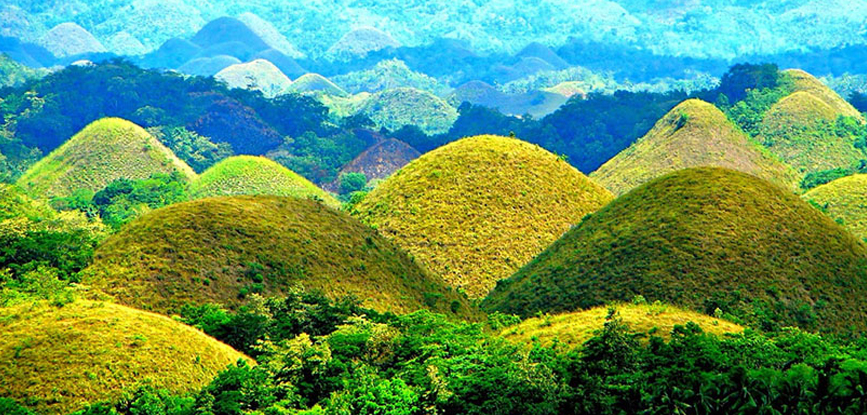
Government Initiative Boosts Tourism Industry in the Philippines
A legacy of the Arroyo government, the National Tourism Act (R.A. 9593) has brought Philippine tourism to greater heights, boosting industry growth to 6.64% in the first quarter of 2010. According to statistics from the Department of Tourism, foreign arrivals increased by 7.89%, and domestic tourism by 6.09%. Metro Manila ranked first as the most visited destination in the Philippines, with a 37.10% growth rate and over 437,170 tourists. Cebu placed second with a 3% growth rate and 435,987 tourists, while Camarines Sur was in third place with 348,139 tourists. According to tourism secretary Joseph “Ace” Durano, the government expects at least 5 million visitors in 2010.
Republic Act 9593, or the National Tourism Policy Act of 2009, was ratified by the Senate and House of Representatives on March 4-5, 2009. The law aims to strengthen the tourism industry in the country, and promote the Philippines as a premier tourist destination in Asia. Some of the law’s components include the upgrading of international competitiveness through the institution of an accreditation, standard-setting, and classification system. Under this law, the Philippine Convention and Visitor’s Corporation (PCVC) would be reestablished as the Tourism Promotions Board (TPB), which would be responsible for marketing the Philippines as a global tourist destination, and emphasizing its other products and services. The law also provides for the establishment of the Tourism Infrastructure and Enterprise Zone Authority (TIEZA), an institution tasked with the designation, regulation, and supervision of tourism enterprise zones (TEZs) in the country. The National Tourism Policy enables the creation of “tourism enterprise zones” in strategic areas in the country, including Cebu, Davao, Laguna, Bohol, etc.
The institution of R.A. 9593 has established the Philippines as a premier tourism destination in Southeast Asia. This was evidenced by extensive growth in the Philippines’ tourism industry; according to statistics from the Department of Tourism, over twenty cruise ships docked in the Philippines in 2009. Foreign arrivals in these cruise ships increased by 2.24%, from 17,516 passengers in 2008 to 17,908 in 2009. Tourist arrivals in Puerto Princesa likewise increased by 21%, while tourist volume in Boracay rose by 20%, with 190,094 tourists during the first quarter of 2010. The tourist count in Bohol also increased by 4.20%. Through the coordinated efforts of the Arroyo government and the private sector, the Tourism industry in the Philippines has reported an extensive amount of growth in the last five years. American tourists continue to dominate the Philippine tourism demographic, with Canada coming in at second, and China placing third.
According to Gregory Kittelson of Manila business consulting firm, InCorp Philippines, “We’re not only seeing an increase of visitors in the country, more and more foreign investors are also setting up tourism businesses in the Philippines.This bodes well for the long-term growth of Philippine tourism, which is expected to rise by 15% in 2010. Through the coordinated efforts of the Arroyo government and the private sector, the Philippines has emerged as a noteworthy competitor in the global tourism industry, specifically in Asia.”
